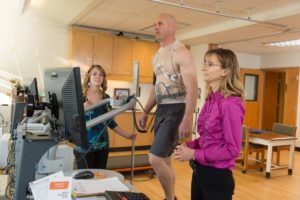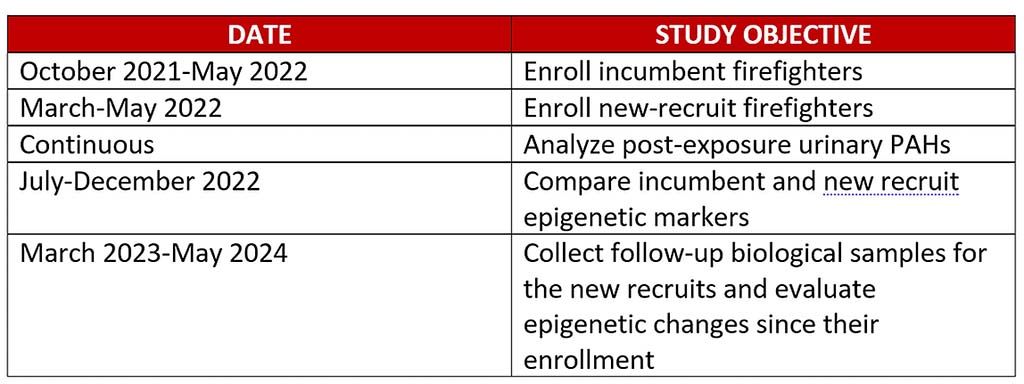
Warm, dry and drought conditions have led to 2015, 2017 and 2020 being the three years with the highest amount of wildland acres burned by fires, according to government statistics.
The men and women fighting those fires are at extreme risk not just during, but after batting flames due to acute exposure to carcinogens.
A Colorado State University researcher, Tiffany Lipsey, is part of a 12-person team awarded a three-year, $1.5 million grant from the Federal Emergency Management Agency to study those firefighters who battle forest fires.
“I will be collecting the data on Colorado firefighters,” Lipsey said. “We will do a baseline data collection of blood and urine samples with some surveys. After firefighters return from deployments, I will collect urine samples and more surveys.”
Wildland firefighters often forgotten

Lipsey, who has been at CSU for two decades, directs the Heart Disease Prevention Program that includes a community testing program and the First Responder Testing Programs. She said they test 400 to 500 firefighters for heart disease every year and also look for other chronic diseases like diabetes.
“For decades heart disease has been the leading cause of line of duty death in firefighters,” Lipsey said. “Cancer is now more recognized as an issue — forcing retirements, leading to death — 9/11 brought this issue to the forefront because there were a large number of first responders exposed to carcinogens in that event and they are being followed medically.
“Wildland firefighters are an often-forgotten sector of the fire service. Many have seasonal positions working nine months out of the year. Because of this, many do not receive benefits. As our fire seasons get longer, we hope to see a transition to full-time positions with benefits.”
More CSU connections in study
The research is being led by the University of Arizona, with additional investigators from the University of Miami. Two people that Lipsey is working with from the Colorado Division of Fire Prevention and Control are both CSU grads: David Vitwar and Vaughn Jones.
The study will build on the structure of the Fire Fighter Cancer Cohort Study (FFCCS) and recruit up to 300 wildland firefighters across multiple fire departments in California and Colorado. The study will evaluate acute exposure to carcinogens during wildland and wildland urban interface responses, categorized by job tasks.
“As we know that environmental exposures can cause cancer,” Lipsey said, “We hope to determine what those exposures are doing in the wildland firefighters.”
